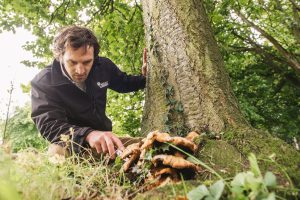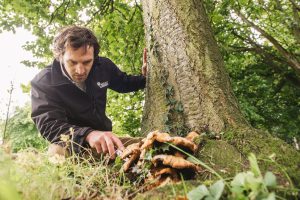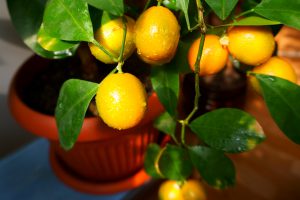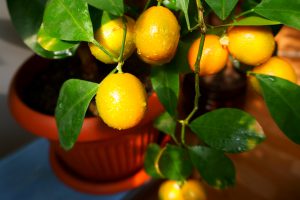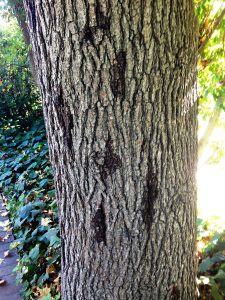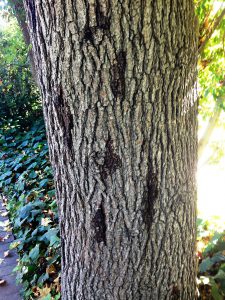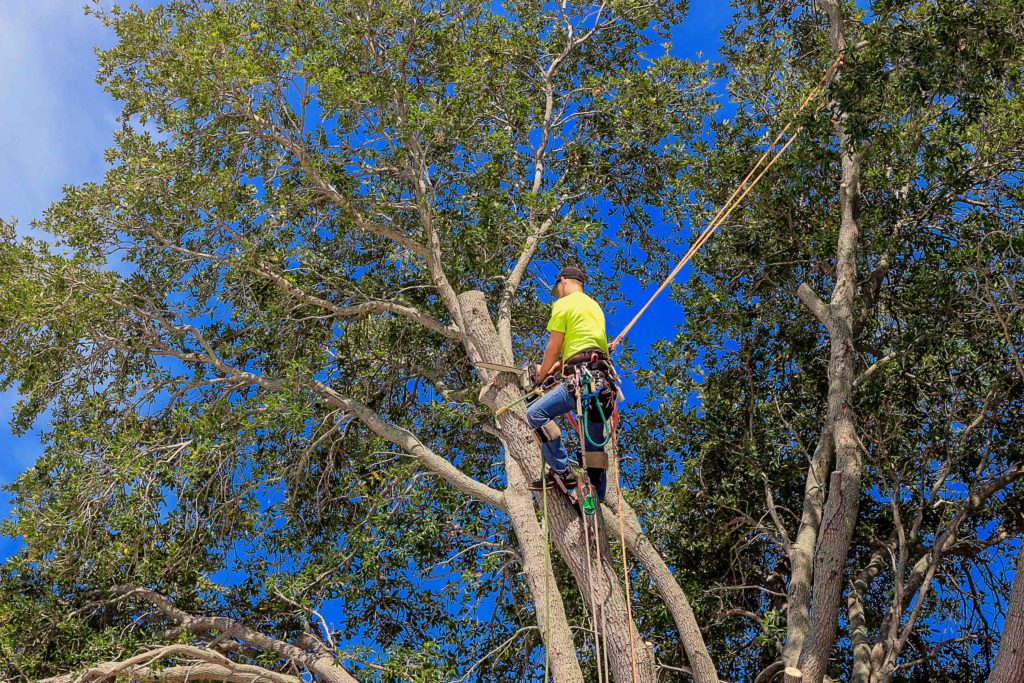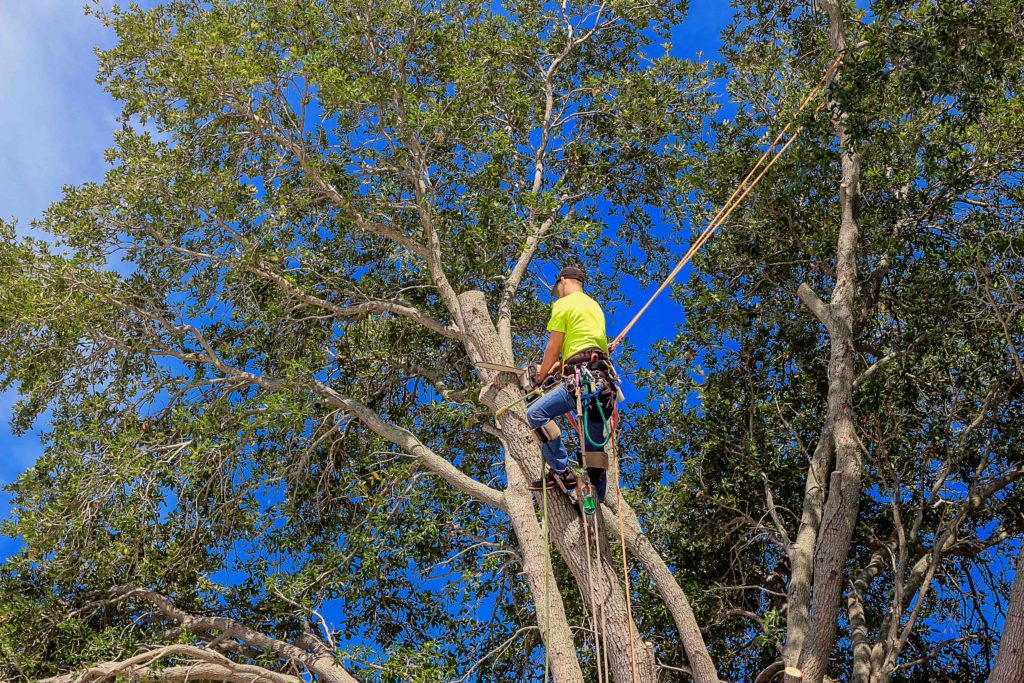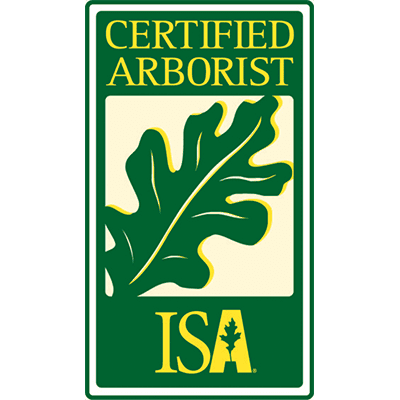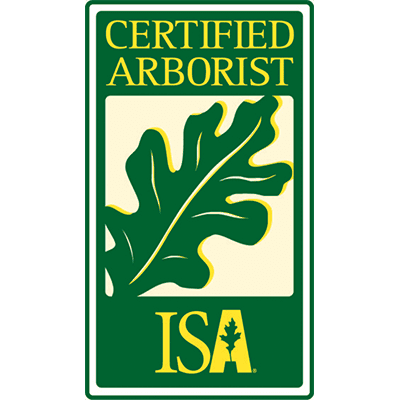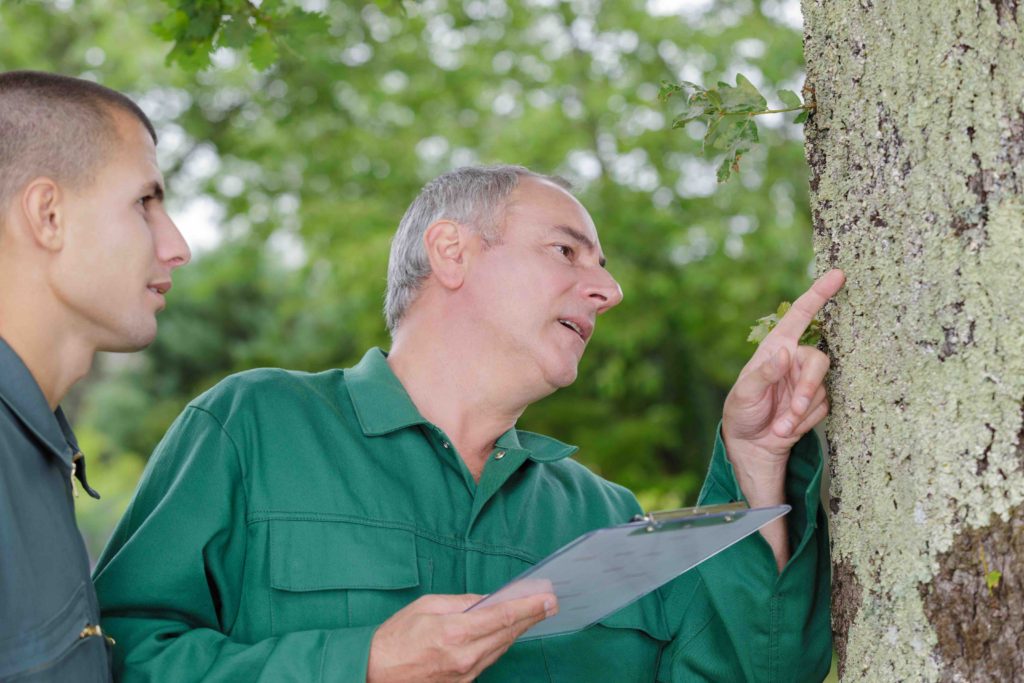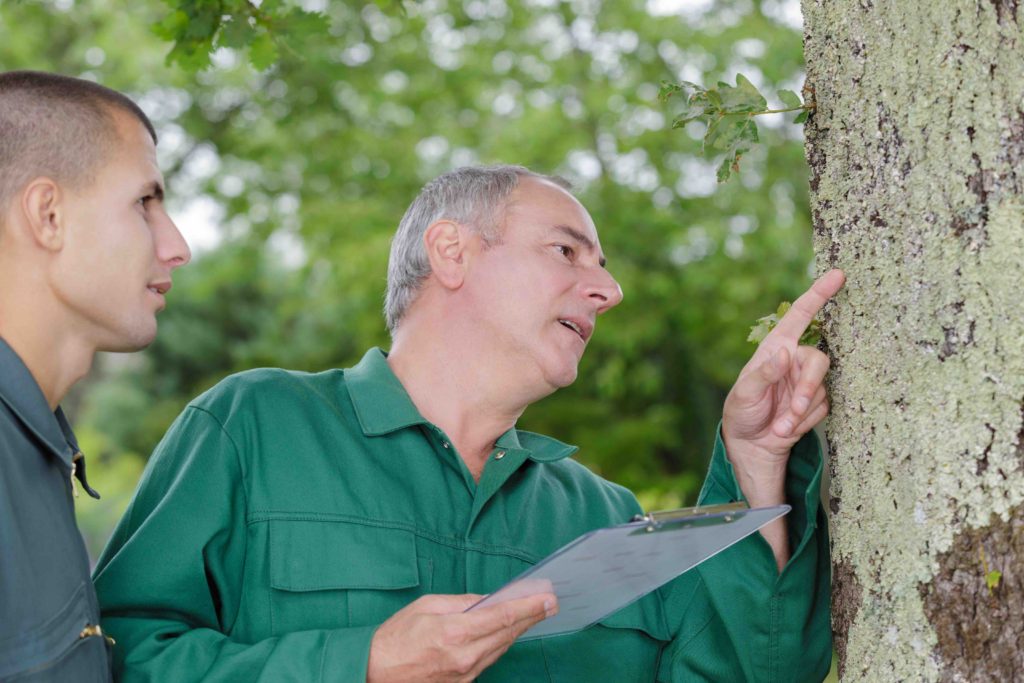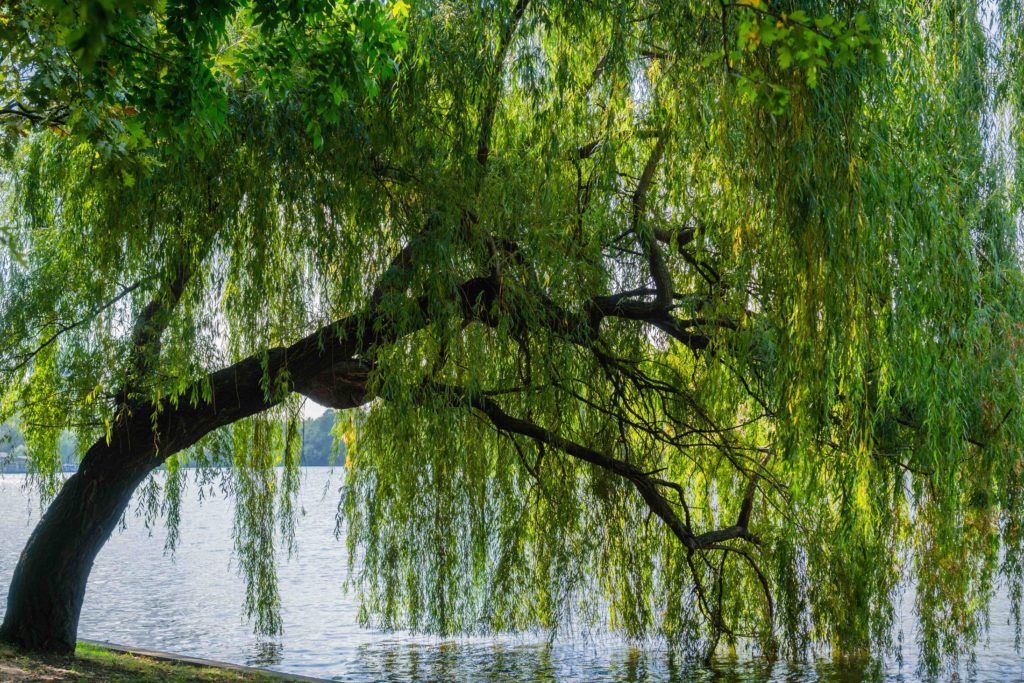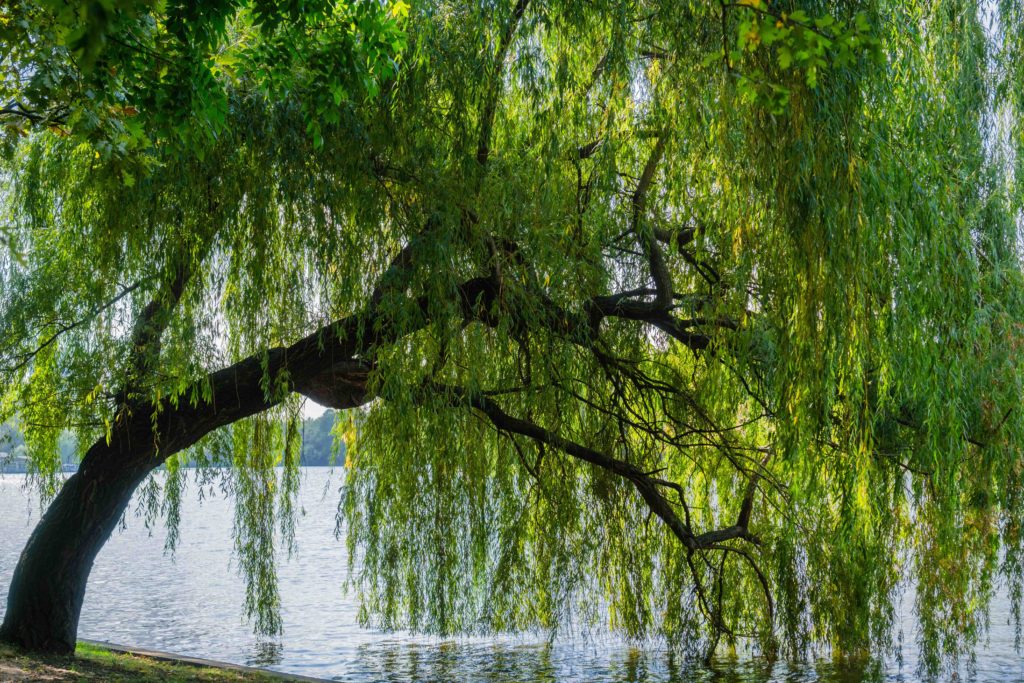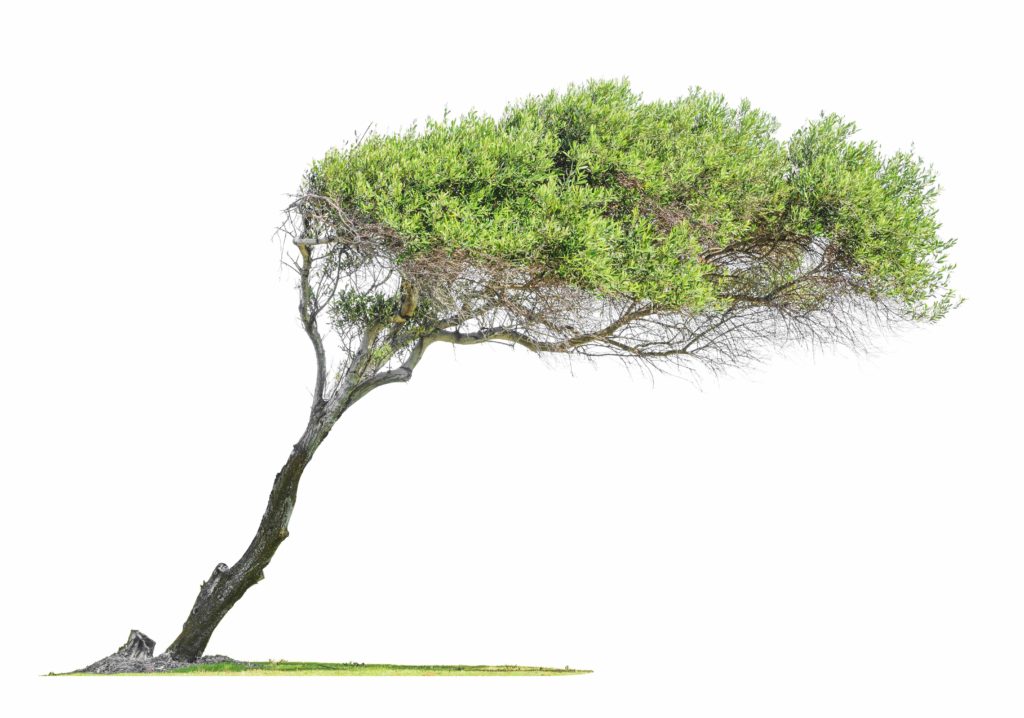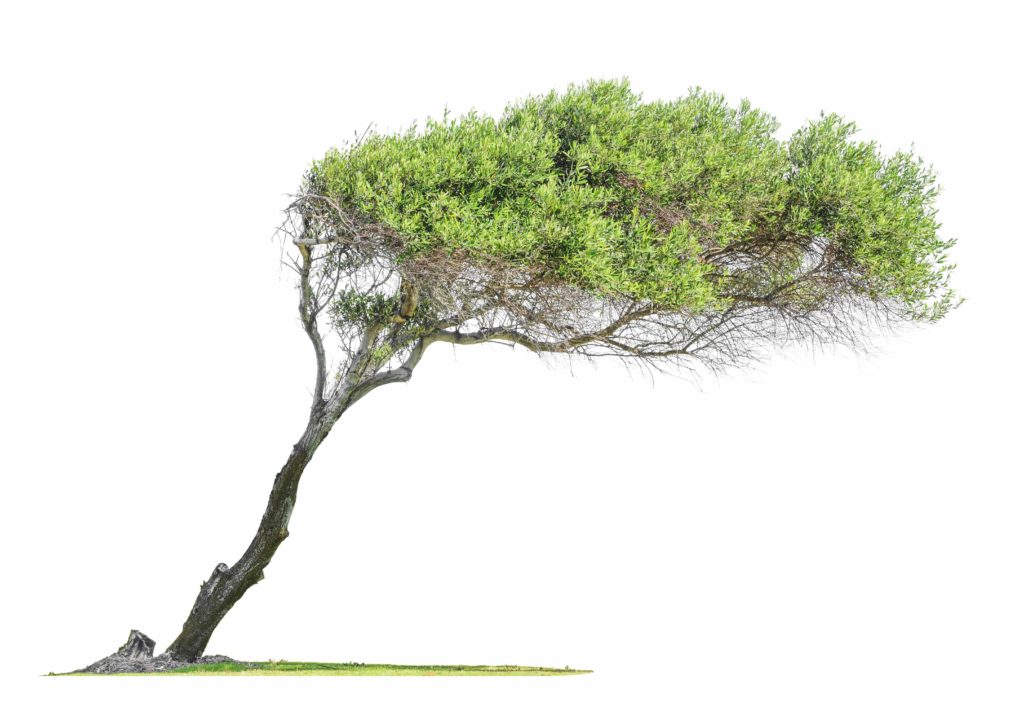The telltale signs of various tree diseases and insect infestations are often most evident in summer. Populations of many types of scales, mites, and aphids are particularly noticeable at this time. Some problems can be spotted and treated immediately. However, when certain insect pests are present and visible, it may already be too late to treat. Even in these cases, learning now that these insects are present is important. You can get a jumpstart on planning for treatments for next year and implement cultural practices, like proper mulching and irrigation, that will keep trees healthier and more resistant to infestation. By regularly looking at your trees you may notice some of the common signs associated with tree pests or disease.
Signs of a Tree Issue
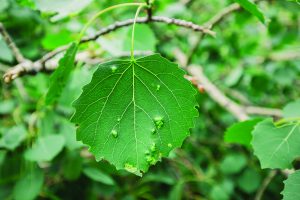
Strange bumps, or galls, on leaves can indicate insect feeding and egg-laying activity.
Discoloration, spots, or bumps on leavesBranch dieback, wilting, or stunted foliageMushrooms or fungal growth near a tree’s trunkDark areas or oozing liquid on the trunk or rootsPresence of defoliating insects, nests or caterpillarsSmall exit holes in the trunk or branchesSap-sucking insects secreting honeydew that leads to sooty mold growthSawdust-like debris caused by wood-boring insectsPremature autumn color and leaf drop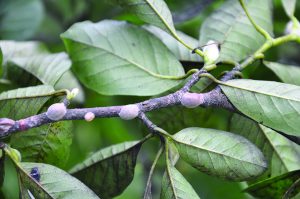
Scale insects can be difficult for property owners to spot because of their unusual appearance.
Correct Diagnosis is Key
Some symptoms may indicate problems that cause negligible damage and require little to no intervention. Conversely, others may reveal that a serious problem exists or could develop if the symptoms are ignored. Therefore, correctly diagnosing the cause of symptoms is critically important in caring for trees and shrubs.
The post Monitor Trees for Signs of Insects & Disease first appeared on Tree Topics.
